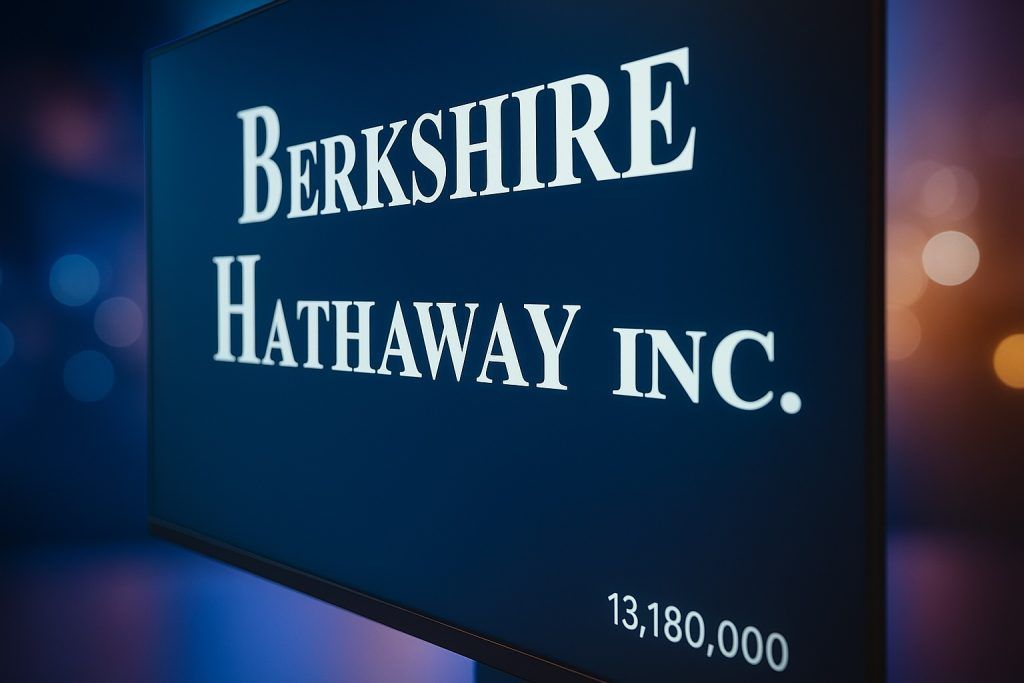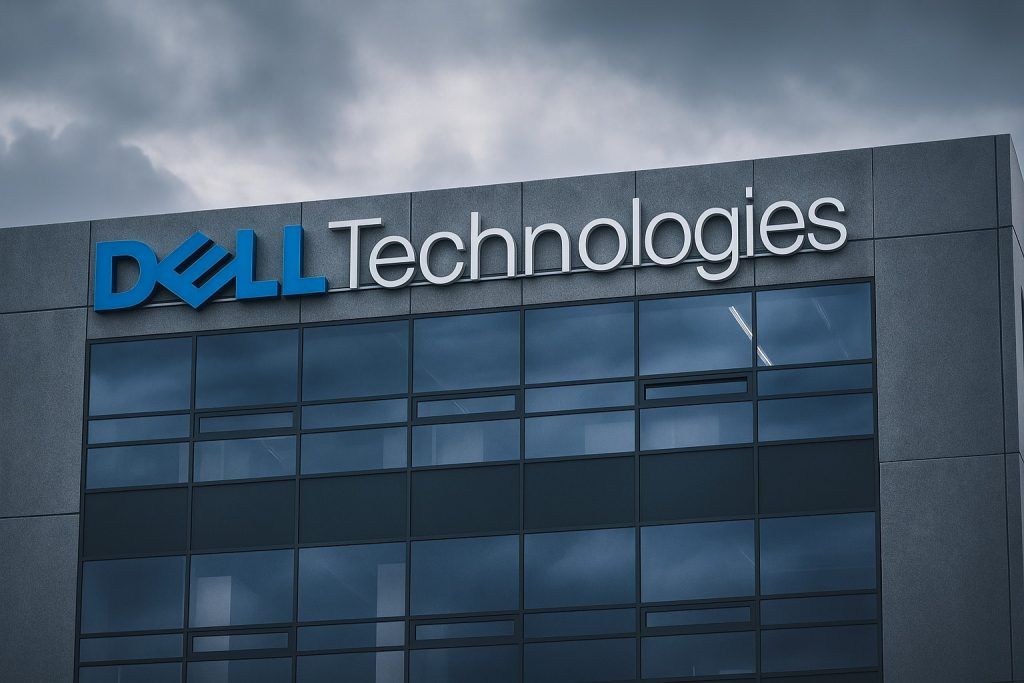- Volatile Trading Debut: ALPS Group Inc. (ticker ALPS) began trading on Nasdaq on Oct 31, 2025, after a SPAC merger, closing its first day at $2.56 per share [1]. In pre-market trading on Nov 3, the stock plunged ~34% to around $1.69 [2], underscoring extreme volatility in its opening sessions.
- SPAC Merger & Low Float: The Malaysian biotech went public via a merger with Globalink Investment Inc. that valued ALPS at ~$1.6 billion enterprise value [3] [4]. However, massive redemptions by SPAC shareholders left a tiny public float, with only ~3.5 million shares initially outstanding (market cap ~$9 million at ~$2.56/share) [5]. Most shares are held by insiders/early investors and subject to lock-up, creating a scarce float that fueled wild price swings. (Total theoretical market cap including all ~166M shares would be ~$426M at these prices [6], far below the touted $1.6B valuation.)
- Company Profile – “Biotech Unicorn”: ALPS Group is a Kuala Lumpur-based biotechnology company specializing in predictive, preventive, and precision medicine – leveraging genomics, mRNA vaccines, and cell therapies [7] [8]. It’s been lauded as Malaysia’s first biotech unicorn, and its Nasdaq listing is seen as a milestone for the country’s high-tech ambitions [9]. The CEO, Dr. Tham Seng Kong, describes ALPS as “a fully integrated healthcare platform” aiming to make advanced therapies accessible and affordable globally [10].
- Recent Developments: On Oct 31, 2025, ALPS closed its business combination with Globalink (a blank-check SPAC), concurrently raising a modest $3.1 million PIPE investment (just ~310k shares at $10 each) to support growth [11]. Post-merger, ALPS Group is now the publicly traded parent of Alps Life Sciences Inc. The company is moving forward with ambitious projects – notably a planned biotech industrial hub called “BioValley” in Johor, Malaysia, intended to foster a collaborative ecosystem for biotech R&D and manufacturing [12] [13]. Management notes that vaccine development (with a first clinical trial planned) and commercialization of its DNA test kits are key priorities post-listing [14].
- First-Day Stock Performance: ALPS stock’s first trading day (Oct 31) was a roller coaster. It opened around $2.90 and swung between $2.27 – $2.90 intraday [15] before settling at $2.56 by the close [16] (down ~12% from a prior reference price around $2.90-$3). Volume topped 685,000 shares [17] on day one – huge relative to the tiny float – as traders piled into this low-float newcomer. Some data services briefly showed a meteoric rise (due to ticker symbol turnover; the ALPS ticker was previously used by a now-defunct company), but in reality the stock fell sharply from any pre-merger benchmarks (SPAC shares were ~$10 in trust value, implying a ~75% drop for those who held through the merger). Early trading has been dominated by speculation, with social media hype on platforms like X/Twitter and Reddit amplifying interest in this thinly traded stock.
- Insider Ownership & Float: According to SEC filings, ALPS is tightly held by insiders – CEO Dr. Tham owns about 77.1 million shares (~46%) and co-founder Chew Yoke Ling about 6.9 million (~4%), together over half the company [18]. These insiders (and other large holders from the merger) are under typical 6-month lock-up agreements, leaving an effective free float reportedly under 100,000 shares immediately after listing [19]. This extremely low float has created conditions for dramatic price moves, as a small number of shares trading can significantly swing the price. Market observers note that such setups can invite short-term trading frenzy but also high risk – the stock can spike or crash on very little volume.
- Strategic Outlook: ALPS Group’s leadership remains bullish on the long-term vision. Dr. Tham Seng Kong, CEO, stated that listing on Nasdaq “marks a definitive milestone” and will “accelerate the development of our BioValley initiative”, positioning ALPS to “shape the next era of global healthcare” by uniting genomics, personalized vaccines, and cell therapies [20] [21]. Malaysian officials have also praised ALPS’s NASDAQ debut as elevating the country’s profile in biotech [22], with the Science Minister calling it a “very high achievement” for a home-grown innovator. The company’s mission to build a fair healthcare ecosystem and its ongoing R&D – from genomic tests to mRNA vaccines – place it in a competitive arena with global biotech players.
- Bull vs. Bear Cases: Optimistic investors (the “bulls”) argue that ALPS’s $1.6B valuation reflects significant growth potential – the company is developing cutting-edge therapies in large addressable markets (like cancer vaccines and precision diagnostics) and enjoys supportive backing (including government support in Malaysia and experienced leadership). They point to ALPS’s status as a regional biotech pioneer and its plans for BioValley, which could drive innovation and partnerships in Asia’s emerging biotech scene. If ALPS executes on its pipeline and expansion (and eventually uplifts its capital base), some see room for substantial upside from current depressed share prices. However, the bearish view is that the stock’s initial collapse signals mismatch between hype and reality. Skeptics note that ALPS raised very little new capital in the merger (just $3M, as most SPAC investors redeemed), leaving it potentially undercapitalized to pursue its ambitious projects [23]. With no significant revenue yet (the company had virtually zero sales and a net loss of ~$2M in the last year [24]), ALPS will likely need additional funding soon – which could mean dilutive share offerings once the lock-up expires. Moreover, the current valuation disparity – a ~$426M implied market cap vs. the $1.6B enterprise value target – suggests the market is highly uncertain about ALPS’s prospects. The tiny float and volatility also make the stock risky and unpredictable in the near term, potentially disconnected from fundamentals. Bears caution that many post-SPAC biotech stocks have struggled, and ALPS will have to prove its technology and business model to justify a unicorn valuation.
- Market Analyst Sentiment: Given the recent debut, no Wall Street analyst coverage has been published yet for ALPS. The stock’s chaotic start may need to stabilize before institutions weigh in. Market commentators note that ALPS’s situation is emblematic of late-era SPAC mergers – lofty paper valuations but significant redemption-driven float issues [25] [26]. Until the lock-up shares are released or the company provides updates (e.g. progress on trials or partnerships), the stock could remain a playground for retail traders. Short-term outlook: extreme caution. Long-term outlook: hinges on ALPS achieving its biotech milestones and likely raising more capital. Investors will be watching for any announcements on clinical trial results, strategic partnerships, or funding that could sway sentiment.
- Related Sector & Peers: ALPS operates at the intersection of biotech R&D and healthcare services. In the precision medicine and genomic therapy space, it’s up against both startups and established players globally. For instance, gene sequencing firms (Illumina), mRNA vaccine developers (Moderna), and cell therapy innovators (Novartis’s CAR-T ventures, etc.) are all pursuing aspects of this high-tech medical frontier. ALPS’s strategy of combining multiple disciplines (genomics, AI, wellness clinics, manufacturing) under one roof is somewhat unique, and it positions the company as a potential integrator in the personalized medicine ecosystem. Regionally, ALPS is one of the few Southeast Asian biotech firms on Nasdaq – its success or failure could set a precedent for other Asian biotech startups seeking U.S. listings. The stock’s performance is also being watched in the context of the broader biotech sector, which in 2025 has been mixed: while big pharmaceutical names rally on strong earnings, many small-cap biotech stocks have struggled with funding in a high-interest-rate environment. ALPS’s ability to secure partnerships or non-dilutive financing (perhaps via government grants or joint ventures) could be crucial in differentiating it from the pack.
- Bottom Line:ALPS Group (ALPS) has made a splash with its unconventional public debut – a Nasdaq listing via SPAC that left it with high volatility and a low float. The company’s vision of revolutionizing healthcare through technology-rich biotech solutions is compelling, and it now has the platform of a U.S. listing to attract capital and visibility. Investors should brace for turbulence: in the near term, ALPS stock is trading more on technical float dynamics than on fundamentals. Over the longer term, the stock’s fate will depend on execution of its growth plans and the biotech innovations it delivers. As one financial summary put it, ALPS has “joined Nasdaq’s global stage” with big dreams [27] – now it must convince the market that it can climb the mountain of turning a $1.6B vision into reality.
Sources: Financial data from Yahoo Finance/Refinitiv [28] [29] and company filings; GlobeNewswire press release [30] [31]; Reuters news report [32]; Bernama (Malaysia) interview with CEO [33] [34]; Stock analysis sites and SEC filings for market cap and float details [35] [36]. All statements and quotes are cited from these sources.
References
1. www.reuters.com, 2. stockanalysis.com, 3. www.globenewswire.com, 4. www.reuters.com, 5. finviz.com, 6. www.reuters.com, 7. www.globenewswire.com, 8. www.reuters.com, 9. www.bernama.com, 10. finviz.com, 11. www.stocktitan.net, 12. www.bernama.com, 13. www.bernama.com, 14. www.bernama.com, 15. www.reuters.com, 16. www.reuters.com, 17. www.reuters.com, 18. www.reddit.com, 19. www.reddit.com, 20. www.globenewswire.com, 21. www.globenewswire.com, 22. www.bernama.com, 23. www.stocktitan.net, 24. finviz.com, 25. www.globenewswire.com, 26. finviz.com, 27. www.globenewswire.com, 28. www.reuters.com, 29. www.reuters.com, 30. www.globenewswire.com, 31. www.globenewswire.com, 32. www.reuters.com, 33. www.bernama.com, 34. www.bernama.com, 35. finviz.com, 36. www.stocktitan.net







